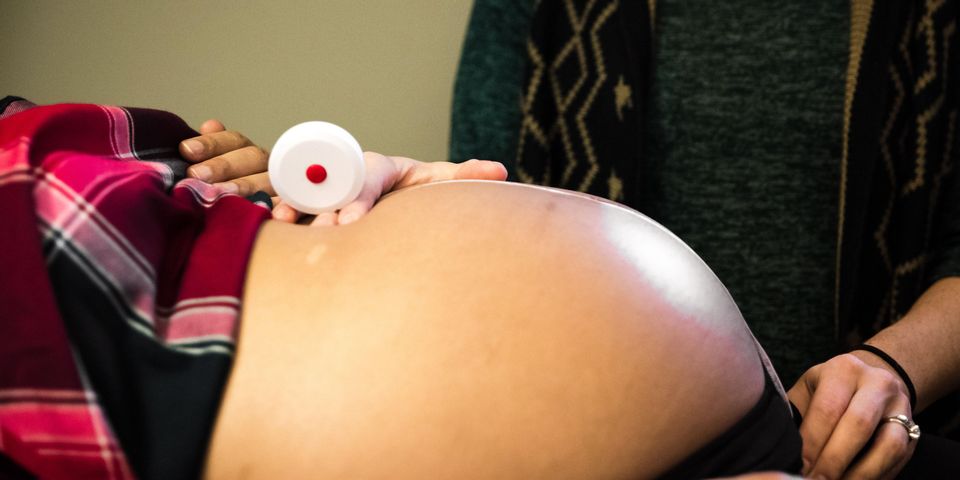
As a birth center and maternity care clinic, we must balance social distancing precautions with our need to care for pregnant women, who need ongoing care, particularly at the end of their pregnancy. In advance of any specific government directive, we are planning to take the social distancing precautions now that make sense for us, which means ceasing all non-essential care appointments, effective 3/16/20. This is a dynamic situation and we’re learning new things about this virus every day. This is what we know so far, and feel most important to share, in FAQ form.
Isn’t Covid-19 just, like, a really bad flu?
No, it’s very different from the flu in some important regards:
- People can incubate SARS-CoV-2, the virus that causes COVID-19, for anywhere between 3-11 days, and asymptomatically shed virus for potentially many more days than with flu – though this is not thought to be the main mode of transmission, as it is likely more contagious when a person does have symptoms and is coughing all over the place.
- The death rate from COVID-19 (according to best current estimates) is LITERALLY 10 times higher than for flu. This death rate is not evenly spread across the population, however, so while it’s relatively low for infants, children, and people between 15-49, it’s worth noting that it’s currently estimated at 14-15% for people over 80, 8% for people 70-79, and 3.6% for people 60-69. In areas where the healthcare system gets overwhelmed by people experiencing complications of the virus, it will be even higher. Currently 10% of cases involve complications that require hospitalization, and In a place like Alaska, with 1-2 degrees of separation, at most, between people, this will hit home, and it WILL affect people you know.
- SARS-CoV-2 has an R0 (“R-naught,” the measure of how many people one person who has it would infect) of 2-3. In contrast, the flu’s R0 is 1.3. Any number over 1 means that the virus will spread within a community. This speaks to the contagiousness of a given virus, which is why flu does spread, but not anywhere near as fast as SARS-CoV-2. For a simple math example (purely math, ignoring real-world impacts or interventions) after 20 “generations” (like, interactions with others) of infected people passing on their infection, an R0 of 1.3 would result in 146 infections, but an R0 of 2.5 would result in 36 million infections. So yeah, BIG DIFFERENCE! But R0 is not a static number, and it can be influenced downward by public health interventions, such as fastidious hand-washing and social distancing. As an example, China has reduced the R0 of this virus to closer to 1.0. Singapore has reduced theirs to .3
I read that pregnant women weren’t really getting that sick from it – does that mean it’s not a big deal for them to get it?
While it’s true that, thus far, the mortality rate for pregnant women is not as high as it is for older people and people with underlying health conditions such as hypertension, diabetes, and heart disease, it doesn’t mean you shouldn’t do everything in your power to avoid getting this virus. Any virus that causes a fever during pregnancy has the potential to cause harm. Maternal fevers in the first trimester have even been linked to a higher incidence of birth defects. For those who are due in the near future, it’s important to note that having this virus makes you too high-risk to deliver in a birth center. This is not a change in policy, because a maternal fever in labor has always been an indication for immediate hospital transfer.
How do I avoid getting it?!
We recommend washing your hands, for 20 seconds, with soap and warm/hot water, very frequently – especially after touching communal surfaces like doorknobs, counters, etc. You should disinfect frequently-touched surfaces like countertops, phones, door-knobs, etc – and don’t forget your phone! This virus can live on hard surfaces for many hours, at least. We recommend “social distancing” which means not gathering in large groups of people (or even small groups), which means not doing anything social in enclosed spaces, or even in outdoor spaces with close proximity to others. Droplets can hang in the air and travel around 6 ft. so just avoid other people in general as best you can, for the next few weeks, if you can. This is especially important for those of us with small children, because, as we all know, they touch stuff, touch their faces, and sneeze and cough straight into your eyeballs ALL THE TIME.
What should I do if I think I have it?
First of all: Call before you show up anywhere. If you are a patient of our clinic, please call us at 561-2626. The Nurse Midwives will discuss your symptoms and risk factors and help direct you to a place that can screen you for all of the illnesses that could be causing your symptoms, including COVID-19. (Reminder: it is still flu season, and it has been a BAD one this year.) We also want to know if you are experiencing these symptoms, which is why we want to hear from our patients who might be infected. If you are not a client of ours, you should call your primary health provider, or call an urgent care and let them know you have these symptoms and would like to be seen. They can meet you at the door with a mask and see you in a secluded area, and other precautions like that, which is why you should call first. We recommend avoiding the ER if you have only mild symptoms, because the hospital needs to allocate their resources to the 10-15% of people who will get REALLY sick from this virus – call and then go to an urgent care, such as Prov Express Care, first.
Why are people buying all the toilet paper and water?!
We have NO idea. We think it’s kinda weird too, how that trend got started of feeling the need to stock up on those particular items – but then once the trend starts, no one wants to get skunked when they might need it in two weeks, and that’s how Costco can sell out in less than a week! We recommend having enough stuff to not need to make a grocery run for the next few weeks, but most food items aside from dry staples are well-stocked (in Anchorage, anyway) so if you need to make a store run, take the above-mentioned precautions, buy what you need, and then hunker down for a bit.
Hope this helps! Feel free to call us with questions! 561-2626.
About the Business
Have a question? Ask the experts!
Send your question

